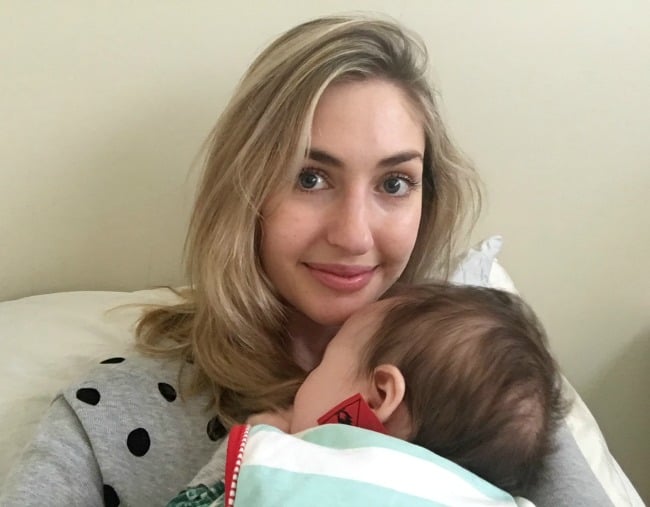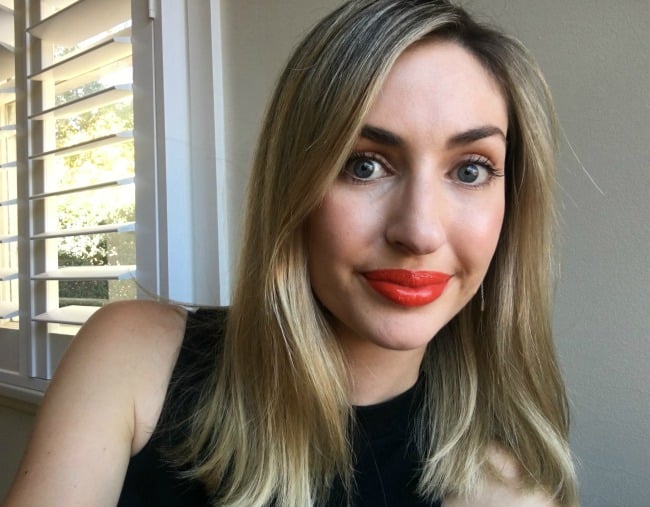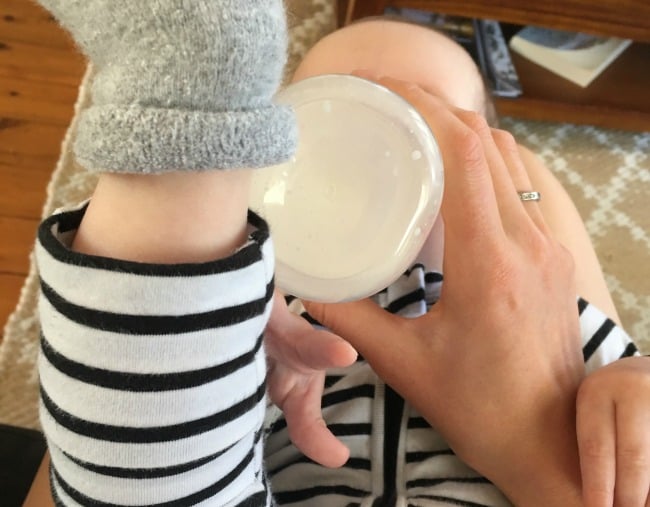
I sat in wretched disbelief as the infant specialist GP explained that my newborn baby daughter was screaming constantly because she was starving. Just weeks into new motherhood my generous dam of breast milk had, for reasons unbeknownst to anyone, evaporated into a small puddle.
I was handed a script for Motilium pills that may or may not have increased my supply in a few days’ time. “That’s three days away, she’s so hungry – do you think I should feed her a top-up of formula in the meantime?” I asked. The doctor’s seat squeaked as he shifted uncomfortably. He guessed it couldn’t do any harm “for the time being”.
Now the mother of an energetic toddler, I can pinpoint that conversation in the doctor’s surgery as the moment I realised the “breast is best” dogma would skew the care and advice I’d receive going forward. Like many women, I held up the World Health Organisation’s recommendation of exclusive breastfeeding for at least six months as a shining goal I’d strive towards.
I’d heard people say that breastmilk was best and I wanted only the best for my baby. But when my milk dried up, my daughter struggled to latch and her weight plateaued, my goal morphed from realistic to devastatingly out of reach. I began to wonder whether a distraught mother with little breast milk and a hungry baby was really the “best” outcome.
According to the 2010 Australian National Infant Feeding Survey, 96% of Australian women initiate breastfeeding but by the time their babies hit the five-month mark, only 15.4% of them are still being exclusively breastfed. For those who aren’t able to breastfeed exclusively for whatever reason (or who don’t want to), the “breast is best” ideology pushed by the medical industry can be both frustrating and isolating.






























































































